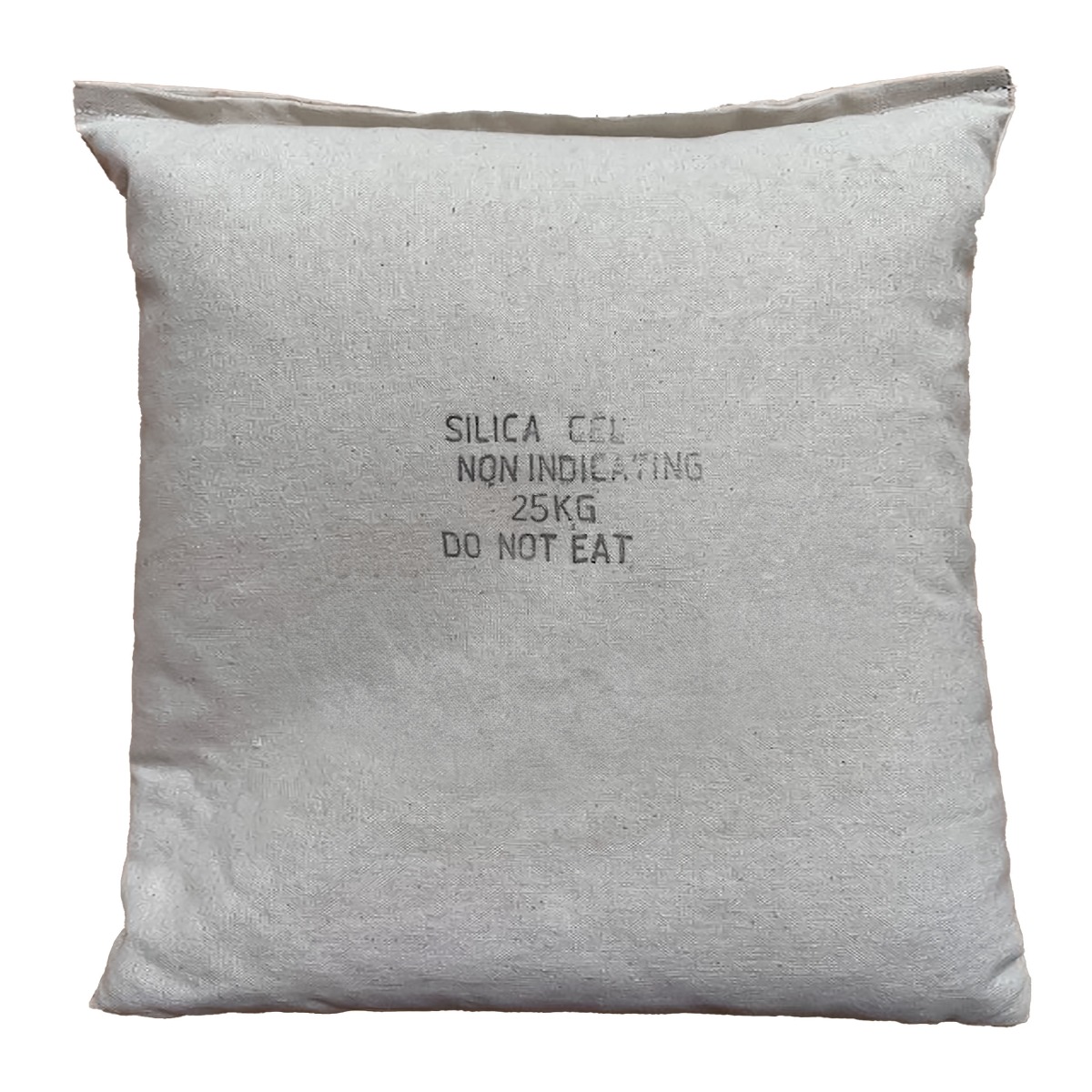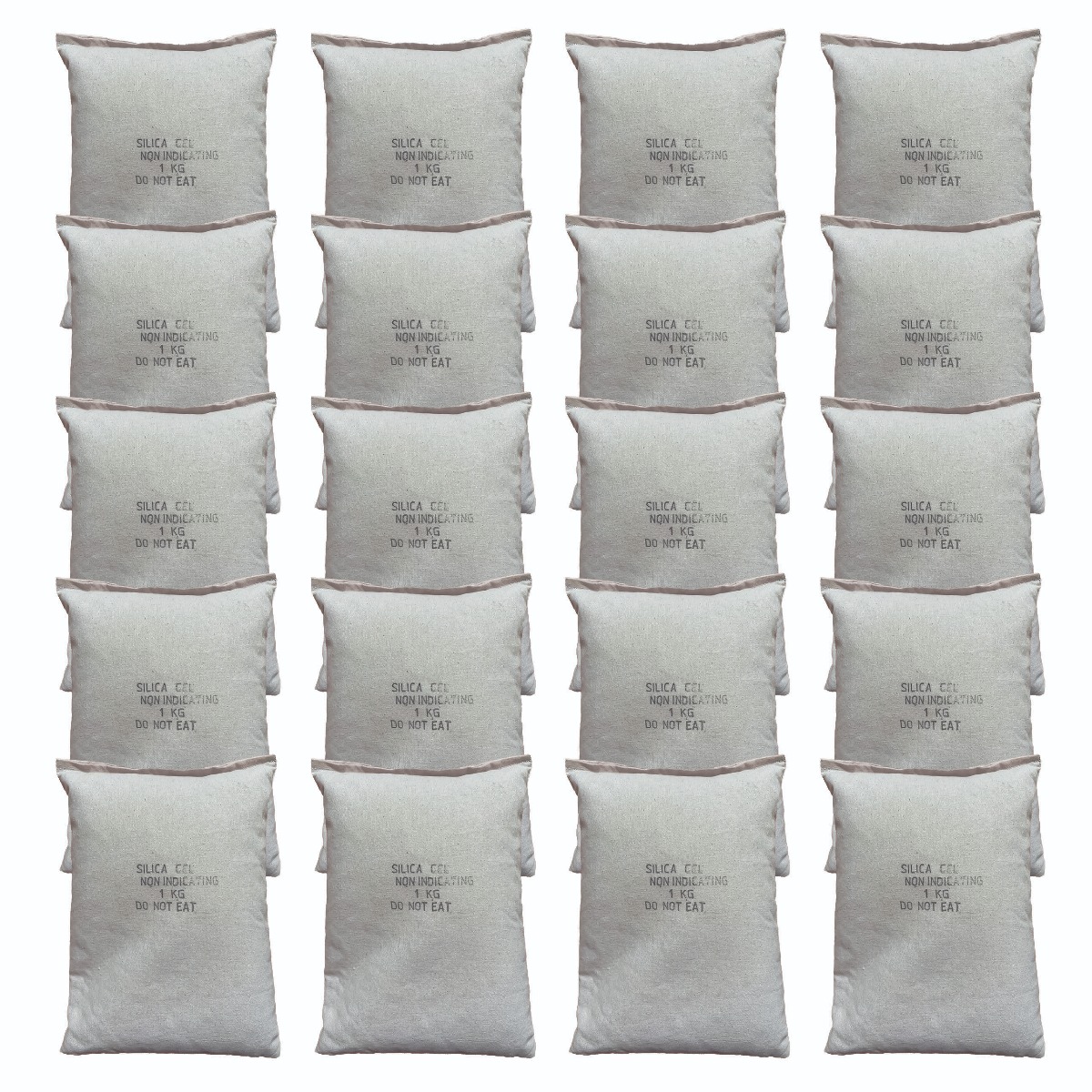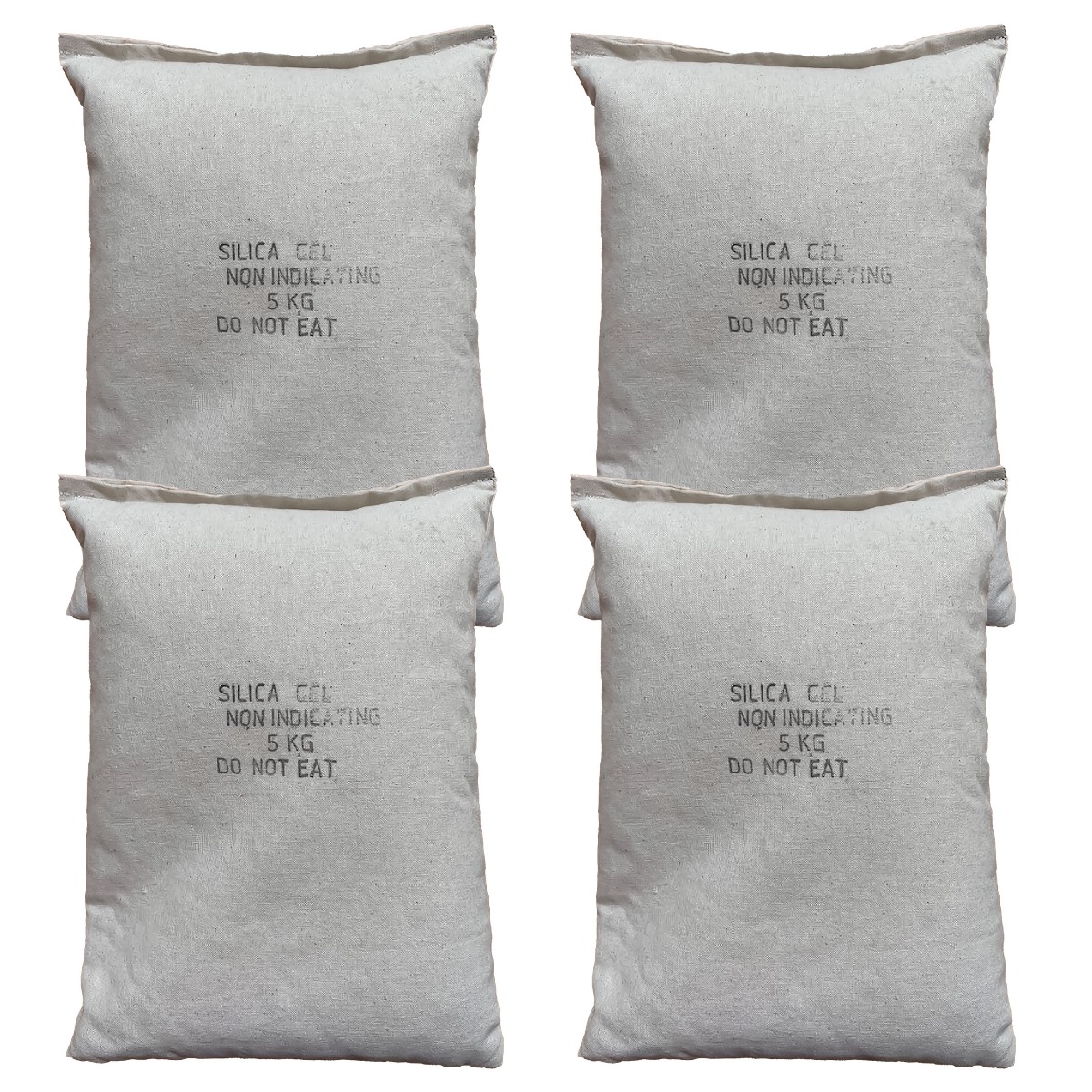Silica Gel
SILICA GEL AND DRY BOILER STORAGE
Dry storage involves thoroughly draining and drying the boiler and then adding either a moisture absorbent (desiccant) or a vapour phase corrosion inhibitor prior to sealing. Precautions must be taken to prevent the entry of moisture during storage, especially when using a desiccant. All the valves should be examined to ensure that they do not leak. If necessary disconnect the water and steam lines during standby status and block off the openings.
Silica gel is the most commonly used desiccant for dry boiler storage. Typically five pounds of silica get is used per 30 cubic feet (225 gallons) of boiler volume.
The silica gel should be placed on plastic or wooden trays and inserted in the boiler drums or shell so air can circulate underneath. Humidity Indicating Cards are available to monitor the relative humidity and guide desiccant replacement. After sealing, the boiler should be prominently tagged to indicate it must not be operated until the silica gel is removed and the boiler refilled. Every two months the boiler should be opened and the desiccant inspected and changed if necessary.
SILICA GEL
The Silica Gel is non-indicating as it absorbs moisture if remains unchanged (both in colour and consistency). Silica Gel comes packaged in sewn cotton bags making it highly effective.
Features
- It will absorb up to 40% of its own weight in water vapour. This adsorption efficiency is approximately 35% greater than typical desiccant clays, making silica gel the preferred choice where weight or efficiency are important factors.
- It has an almost indefinite shelf life if stored in airtight conditions.
- It can be regenerated and reused if required. Gently heating slicia gel will drive off the adsorbed moisture and leave it ready for reuse.
- It is very inert material, it will not normally attack or corrode other materials and with the exception of strong alkalis and hydrofluoric acid is itself resistant to attack.
- It is non-flammable.





















